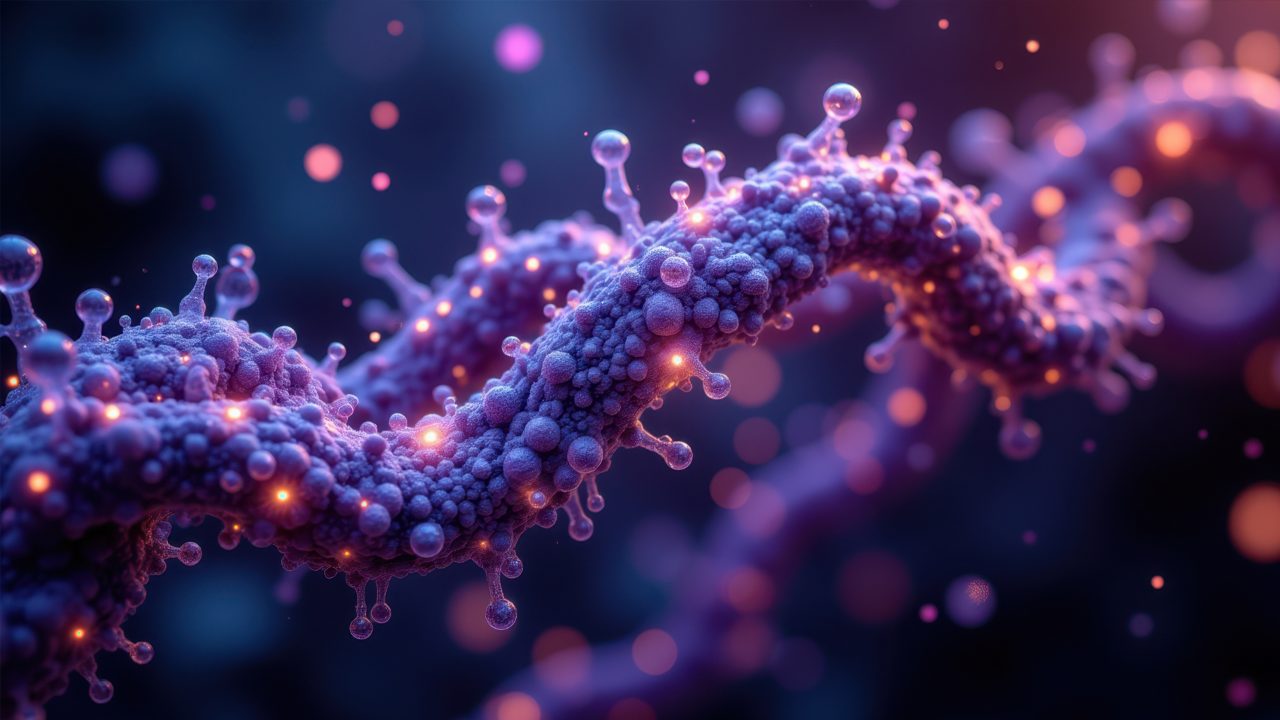

Design & Learn
Introduction
For the design step of the Design, Make, Test, Learn (DMTL) cycle, SciY offers a computational workflow to design synthetic plans (retrosynthesis, forward synthesis and mechanistic capabilities) that are concise, high-yielding and executable under conditions matching the platform’s operational scope and the active learning component looping back experimental pathway’s execution to the synthesis-design protocols.
Our synthesis-planning tool is unique in its ability to:
Evaluate reactions for robustness and scalability (e.g., Laboratory scale or pilot-scale-industrial
Suggest and score reaction conditions according to process and sustainability metrics [1]
Suggest the most fitting catalysts [2]
Estimate reaction yields [3]
Construct complete synthetic routes and rank them according to criteria (1)-(4) as well as ranking according to a realistic, monetary cost of execution
Our knowledge base of >30,000 expert-curated [4] reaction types is curtailed to 100-200 most useful reaction classes compatible with the DMTL automation platform. Every incoming molecule is subject to retrosynthetic analysis driven by multiple-beams search algorithms [5] aimed to terminate upon reaching substrates from the Platform’s inventory. For typical small molecules of medicinal-chemical interest, such searches may produce hundreds of routes which then need to be scored. Initially, this scoring will be performed according to the scoring functions combining execution cost and predicted yield with process variables (e. g., anticipated hazards, enthalpies, cPMI, compound process mass intensity values, etc.).
Up to 50 top-scoring pathways are retained to perform fine-tuned analysis of conditions. Individual reactions and conditions within synthetic plans are appropriately vectorized and will be analyzed against pre-existing reaction protocols. For example, neural networks (NNs), akin to those in a recent Angewandte publication [2] will suggest catalysts that are most fitting for a specific reaction. Other AI models (including those based on Allchemy’s “vocabularies” of conditions), are used to suggest solvents, temperatures and key reagents. In scoring these conditions, process variables will also be used to penalize uses of hazardous or otherwise undesired species based on in-built solvent-reagent replacement tables. Only steps and pathways matching parameter ranges compatible with the DMTL automation platform will be retained.
The top ranked pathway along with the record of suggested conditions and predicted outcomes will be passed onto the MAKE module. Importantly, after execution of each individual reaction within a committed pathway, the system will keep track of the outcome and will loop back into the pathway and conditions’ selection. This workflow will encompass three scenarios.
1. If the reaction proceeds as planned or better, the reaction operator used in pathway planning receives positive “reward”, and the neural networks for catalyst/conditions selection is retrained with this reaction as a positive example
2. If a reaction proceeds to some extent, a negative “penalty” will be assigned to the reaction transform, and the neural networks will be retrained with this negative example
3. If the reaction altogether fails, updates to models as in (2) are applied and also an alternative suggestion from pathway design will be committed to synthesis. In this way, the system will actively learn with every experimental execution
Finally, when the desired molecule is successfully produced during a DMTL cycle, the AI forward-synthesis module is executed to suggest which other structural analogs could be made via similarly concise or shorter routes. The lists of these analogs are returned to the DMTL DESIGN module to provide additional suggestions as to which parts of the readily synthesizable structural space could be explored in the next iteration of molecules considered for synthesis. Further to this and to assist in the selection of ‘next candidates, binding affinities can be estimated using neural network modules.
Videos
Maksymilian Karczewski, PhD
Peer Review Publications
1. Wołos, A., Koszelewski, D., Roszak, R. et al. Computer-designed repurposing of chemical wastes into drugs. Nature 604, 668–676 (2022). https://doi.org/10.1038/s41586-022-04503-9. Angello, N. H. et al. Closed-loop optimization of general reaction conditions for heteroaryl Suzuki-Miyaura coupling. Science 378, 399-405 (2022). https://doi.org/10.1126/science.adc8743
2. Baczewska, P., Kulczykowski, M., Zambroń, B., Jaszczewska-Adamczak, J., Pakulski, Z., Roszak, R., Grzybowski, B. A. & Mlynarski, J. Machine Learning Algorithm Guides Catalyst Choices for Magnesium-Catalyzed Asymmetric Reactions. Angew. Chem. Int. Ed. 63, e202318487 (2024). https://doi.org/10.1002/anie.202318487
3. Klucznik, T., Syntrivanis, LD., Baś, S. et al. Computational prediction of complex cationic rearrangement outcomes. Nature 625, 508–515 (2024). https://doi.org/10.1038/s41586-023-06854-3
4. Strieth-Kalthoff, F., Szymkuć, S., Molga, K., Aspuru-Guzik, A., Glorius, F. & Grzybowski, B. A. Artificial Intelligence for Retrosynthetic Planning Needs Both Data and Expert Knowledge. J. Am. Chem. Soc. 146, 11005-11017 (2024). https://doi.org/10.1021/jacs.4c00338
5. Grzybowski, B. A., Badowski, T., Molga, K. & Szymkuć, S. Network search algorithms and scoring functions for advanced-level computerized synthesis planning. WIREs Comput. Mol. Sci. 12, e1630 (2022). https://doi.org/10.1002/wcms.1630
Need more information before making a decision? Our team is here to offer comprehensive insights into our offerings. Get in touch now to explore how our products and services can benefit you.

